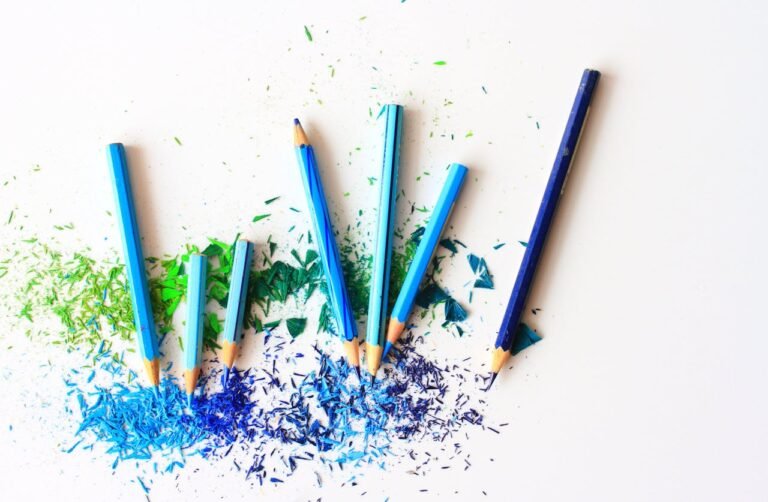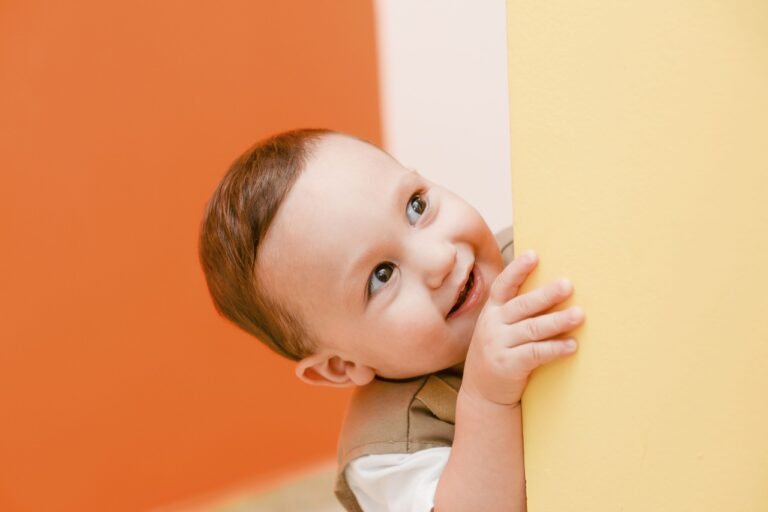Colors are an essential part of our world. They have a strong impact on children’s behavior and emotions. During childhood, colors do more than just brighten up a room—they play a crucial role in shaping a child’s emotions, behaviors, and even how they think. As researchers dig deeper into understanding these effects, they uncover fascinating ways in which different colors influence young minds.
This article delves into the complex relationship between colors and children’s psychological development, highlighting how specific hues can affect their emotions and actions.
The Energy of "RED"
Red is one of the most powerful colors in the spectrum. It’s known for its intensity and ability to evoke strong emotions. When we think of red, we often associate it with feelings of excitement, passion, and sometimes even aggression. Scientific studies have shown that red can increase a person’s heart rate, making them feel more alert and energized.

For children, red can be both a blessing and a challenge. On one hand, it can boost their energy levels, making them more active and engaged in their surroundings. This can be particularly useful in areas where you want to stimulate activity, like a playroom or an outdoor space.
On the other hand, too much red can lead to overstimulation, making children feel anxious or agitated. This is why it’s important to use red carefully, incorporating it in small doses to create a dynamic environment without overwhelming young minds.
The Calm of "BLUE"
Blue is at the opposite end of the color spectrum from red, and it has a very different effect on people. Blue is often linked to feelings of calmness and serenity. It’s a color that helps to lower stress levels and promote relaxation. This is why it’s commonly used in spaces where people need to feel calm, like bedrooms or meditation rooms.

The calming effects of blue can be incredibly beneficial on children. In an educational setting, for example, using shades of blue can create a peaceful atmosphere that helps children concentrate better and feel less anxious. This can be particularly useful in classrooms, where a calm environment can enhance learning. Additionally, blue stimulates creativity and imagination. Blue color is an excellent choice for any place where children need to think creatively.
The Happiness of "YELLOW"
Yellow is a bright, cheerful color that’s often associated with happiness and positivity. When we see yellow, it tends to lift our spirits and make us feel more optimistic. For children, yellow can have a similar effect, boosting their mood and helping them to feel more cheerful and focused.

Research has shown that yellow stimulates mental activity and can enhance concentration. It is a great color for study areas or classrooms where focus is essential. However, like red, yellow is a color that needs to be used in moderation. Too much yellow can be overwhelming, leading to feelings of anxiety or irritation. To create a balanced environment, it’s important to combine yellow with other colors.
The Peace of "GREEN"
Green is the color of nature, symbolizing growth, harmony, and balance. It’s a color that naturally makes people feel connected to the environment and promotes a sense of well-being. In children, green can have a calming effect, helping them to feel more balanced and in tune with the world around them.

Exposure to green has been shown to improve attention spans and reduce symptoms of hyperactivity. It is an ideal color for spaces where children need to concentrate or relax. Incorporating green into play areas or outdoor environments can encourage physical activity and exploration. While also fostering a sense of environmental stewardship. By surrounding children with green, you’re not only creating a peaceful environment but also encouraging a love and respect for nature.
The Fun of "ORANGE"
Orange is a color that radiates warmth and energy. It’s a lively hue that naturally draws attention and encourages a sense of playfulness and creativity. For children, orange can be an exciting color that boosts their enthusiasm and energy levels, making it a great choice for spaces where social interaction and creativity are encouraged.

However, orange is another color that should be used thoughtfully. While it can be very effective in small doses, too much orange can become overstimulation. To create a balanced environment, it’s best to pair orange with more calming tones.
The Magic of "PURPLE"
Purple is a unique color that combines the calming qualities of blue with the energizing properties of red. It’s often associated with sophistication, mystery, and creativity. For children, purple can be a color that sparks the imagination and encourages artistic expression.

Incorporating purple into children’s spaces can inspire a sense of wonder and awe. Purple is an excellent choice for areas where you want to encourage creativity and exploration. Whether it’s a playroom, an art space, or a bedroom, purple can help to create an environment that feels both luxurious and inspiring.
Colors are much more than just a visual element in a child’s world. They are powerful tools that can influence how children feel, behave, and think. From the energizing effects of red to the calming influence of blue, each color has its unique impact.
By understanding these effects and incorporating colors thoughtfully into children’s environments, can create spaces that not only look beautiful but also support emotional well-being, creativity, and cognitive growth. So, as we create spaces where children live, learn, and play, let’s use the power of color to enrich their lives and help them thrive.


